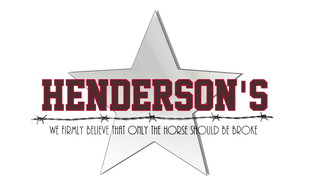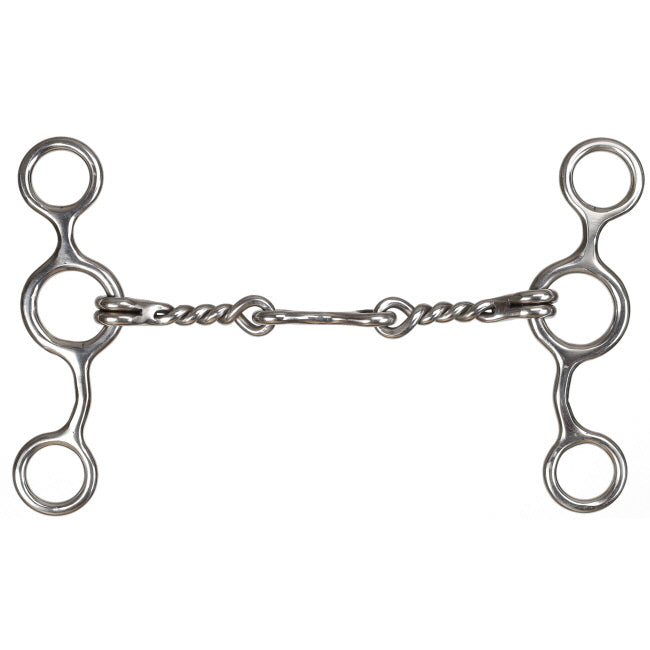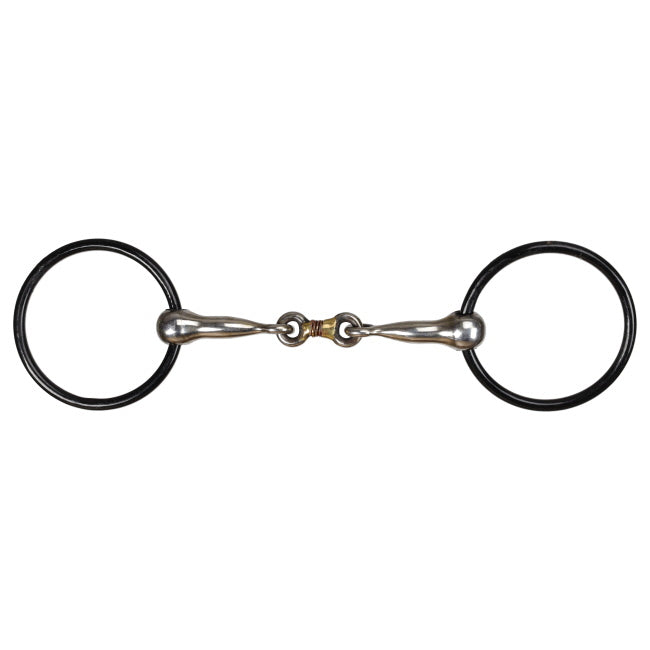Saddle pads provide comfort to your horse and stability to your saddle. A horse’s back is not symmetrical, and a saddle pad can alleviate many fit problems. Luckily, saddle pads come in many varieties. They can vary by size, material, and shape. Saddle pads absorb as much pressure as possible for the horse. Additionally, the saddle pad dissipates heat to reduce overheating of your horse.
What Does a Saddle Pad Do for You?
While saddle pads can be a fun accessory to tie in your outfit colors, they have other important functions, including reducing overheating, protecting your saddle, reducing pressure, and preventing saddle slippage.
You must choose a saddle pad that fits your horse and saddle appropriately. Moreover, it must be thick enough to absorb the shock of the rider’s movements. Riders who rope need a thicker saddle pad compared to other riders.
Size
 A saddle pad that is too small will not absorb pressure properly. Additionally, it can cause fit issues with your saddle. A saddle pad that is too large will be unpleasant to handle and will give an ill-fitted look.
A saddle pad that is too small will not absorb pressure properly. Additionally, it can cause fit issues with your saddle. A saddle pad that is too large will be unpleasant to handle and will give an ill-fitted look.
The saddle pad should extend approximately one inch in front and behind your saddle. To determine the length, measure your saddle length and add two to three inches.
Shape
Saddle pads come in different shapes to accommodate horses with different builds and needs. You can find saddle pads in the following shapes:
Round: Round saddle pads are ideal for horses with short backs. Additionally, they fit well under saddles with round skirts.
Cutout: Cutout saddle pads have a slice to allow some give for horses with high withers. It reduces the pressure and allows more movement for the horse.
Cutback: Cutback saddle pads are notched at the top. The notch is present to accommodate a horse with high withers.
Contour: The contour saddle pad addresses horses with multiple issues. A contoured pad allows for relief in the withers and adjusts for a sway back.
Straight: Straight saddle pads adjust the saddle appropriately for low-withered or flat-backed horses. In this case, you will see a straight line from your horse’s withers to back.
Swayback: A swayback saddle pad is for horses with swayed backs. The pad is thicker at the center to adjust for the dip in the back.
Built-up: A built-up saddle pad helps adjust the saddle for horses with very high withers. It raises the saddle above the withers to offer comfort and flexibility for the horse.
Material
You will find saddle pads in many materials. Each material has benefits and drawbacks. Saddles pads come in several materials, including:
Fleece & Felt: Fleece and felt are the most common saddle pad materials. They conform well to the horse and are comfortable.
Neoprene: Neoprene saddle pads are water-resistant and last longer than other saddle pads.
Closed- and Open-Cell Foam: Closed-cell and open-cell foam mold around your horse’s back. Open cell is less dense than closed cell. This density results in water resistance, but it is not as breathable.
Gel Inserts: Gel inserts change shape based on the impact points of the saddle. You can add gel inserts into felt pads to add more comfort.
To preview our show pads, we invite you to visit our website. If you have any questions, feel free to contact us!






